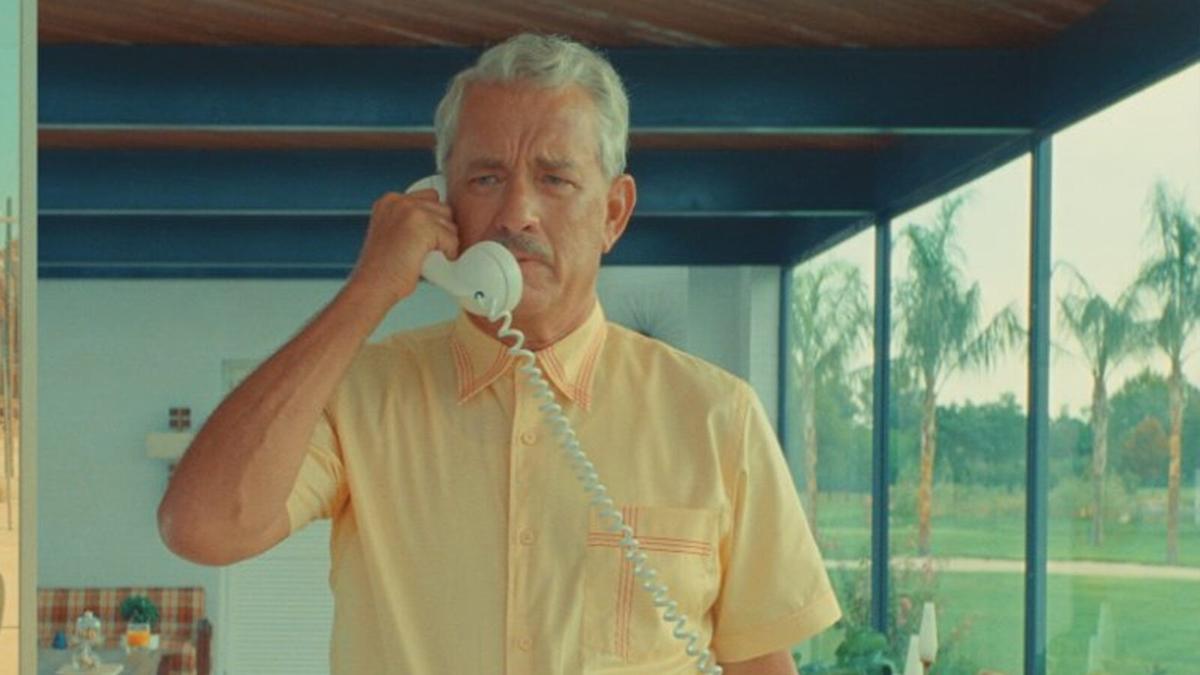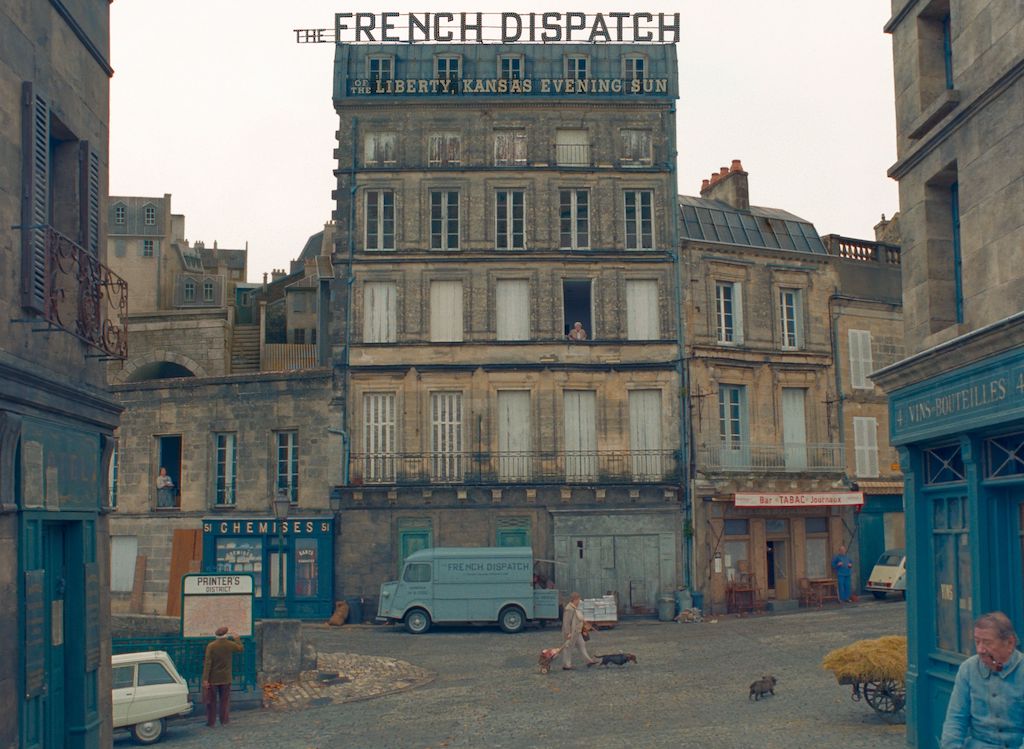
But visual flair is not all that Anderson is known for. Collage editing, title cards, and whatever else might constitute a Wes Anderson film is almost certain to be found in The French Dispatch. Then there are moments when, almost on a whim, Anderson exchanges live-action in favor of animation-another darling of his. Of course, whip pans and tilts aren’t far behind, and Anderson’s favorite camera movements are deployed with gusto in The French Dispatch. Symmetrical composition is arguably at the forefront, and there are more geometrically appealing shots here than in any preceding Wes Anderson film. The French Dispatch thus changes aspect ratio and color-a step up from Anderson's earlier visual experimentation.Īnderson’s characteristic visual flair includes a number of other flourishes which are generously on display in The French Dispatch. The screen also shifts to a much wider 2.39:1 (known as anamorphic widescreen) at times during the film. Not only is Anderson’s beloved 1.37:1 Academy ratio present here, but it is present in both color and monochrome depending on what the temporal setting of the narrative deems appropriate. This time, he takes it one step further by incorporating the familiar blend of aspect ratios-at this point a bona fide Wes Anderson staple-and adding black-and-white to the mix. In The Grand Budapest Hotel, for example, Anderson uses three distinct ratios as framing devices, pairing different time periods with appropriate screen dimensions.


Aspect ratio is another facet that Wes Anderson likes to experiment with.


 0 kommentar(er)
0 kommentar(er)
